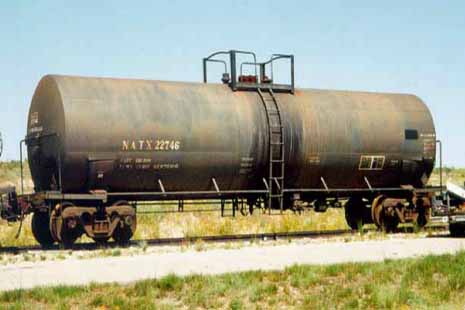On November 1, Canadian Transport Minister Marc Garneau delivered on his promise to phase out DOT-111 rail cars from Canada. DOT-111 cars are the rail cars responsible for the fiery derailments throughout the United States starting in 2012. The biggest fiery derailment in our region being the Casselton, N.D., derailment. This accident occurred just 10 miles from the state’s largest city, Fargo.
Garneau was not originally supposed to phase out the dangerous rail cars so quickly. This summer, he announced that he would speed up the timeline for phasing out the cars. The announcement of Protective Direction 38 this summer prompted the phase out. Protective Direction 38 was the result of a realization by Transport Canada that there was an opportunity to more quickly remove the dangerous DOT-111 cars. Though the phase out is final, it will be important for Canadian inspectors to ensure that no rail companies are illegally using DOT-111 cars to transport crude.
What Does Canadian DOT-111 Phase Out Mean For the United States?
This means that U.S. rails are still far more dangerous than Canadian rails. The complete phase out of DOT-111 cars in Canada should motivate US officials to follow suit. It will be key for activists to continue to remind regulators of what Canada has accomplished. The United States does not have plans to phase out DOT-111 cars until 2023. The fact that Canada was able to phase out DOT-111 car so quickly makes the 8-year phase out in this country look weak.
In many ways now is the time to start pushing the Department of Transportation to completely phase out DOT-111s. Pushing federal regulators and others to phase out will require overcoming the powerful rail lobby. Regardless of how difficult, the effort is worthwhile, as we cannot afford another fiery derailment on U.S. soil. Sadly odds are we see another fiery derailment between now and 2023 without action by regulators. In the meantime, let’s hope nobody gets hurt.

